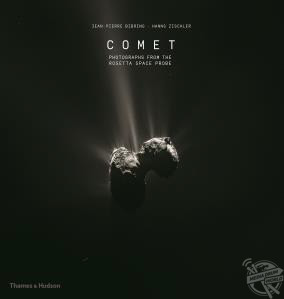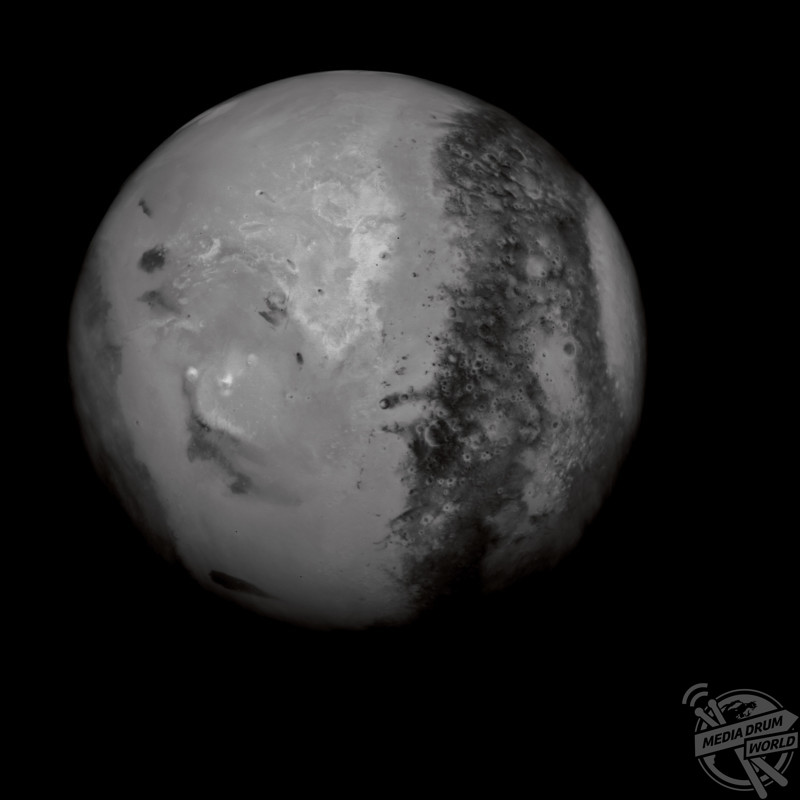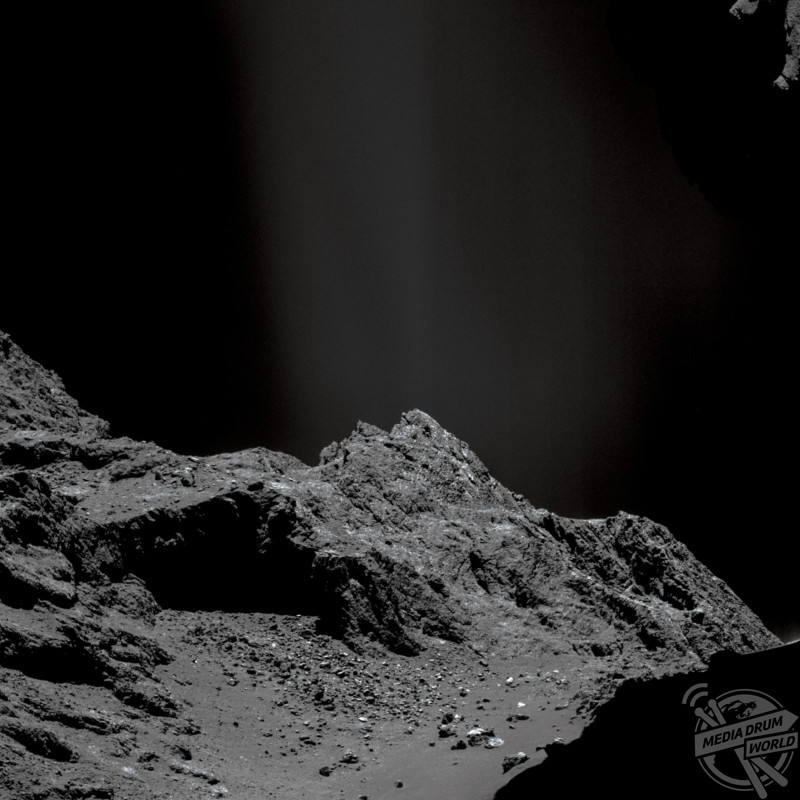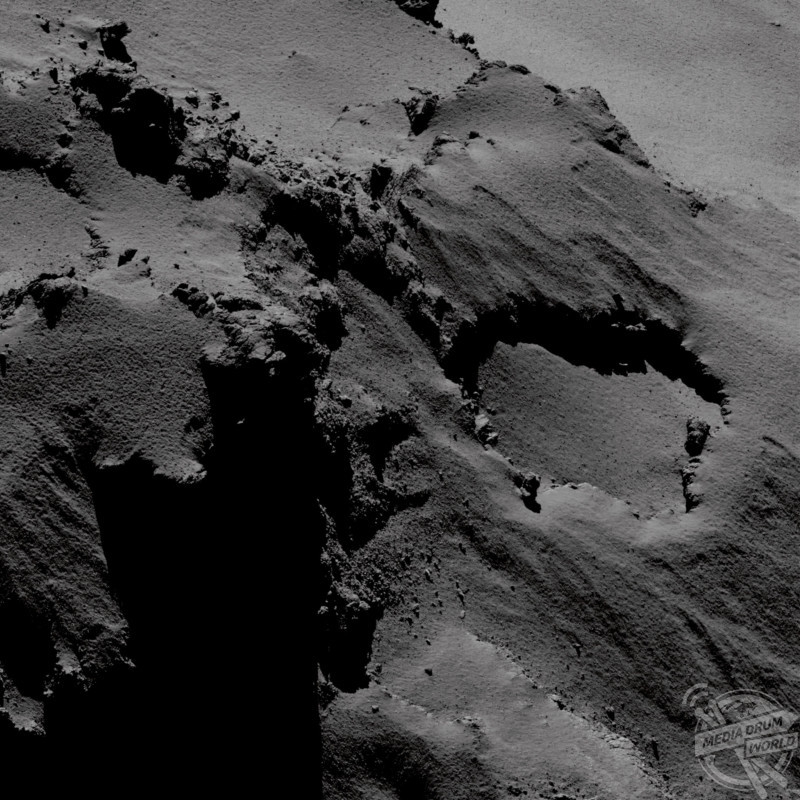
By Alex Jones
OUT-OF-THIS-WORLD photos capture the voyage of a space probe which travelled FOUR BILLION MILES before crashing into a comet in one of the most important scientific journeys of this century.
Jaw-dropping photos taken by the Rosetta Space Probe allow the viewer to transport themselves into the emptiness of Space and explore one of the universe’s most peculiar celestial bodies – the comet.
Incredible otherworldly images include a snapshot of Earth and its finely balanced atmosphere, a satellite selfie featuring the Rosetta Probe and its ultimate resting place Comet 67P, and stunning trails of sunlit dust tailing behind the comet which scientists hope will unlock the secret of how life evolved on Earth.

The dramatic pictures are included in Comet: Photographs from the Rosetta Space Probe, an exquisite book which details the remarkable interstellar voyage of the European Space Agency’s Rosetta Probe.
The probe made history in 2014 when it became the first manmade machine to orbit a comet and land a module on its surface.
Its mission – to find clues to the origins of our solar system and the emergence of life on Earth.
“2019 is the fifteenth anniversary of the Rosetta’s launch,” explains a spokesperson for Thames & Hudson, the publishers behind the cosmic collection.
“Following a ten-year voyage and a journey spanning millions of kilometres through our solar system, the Rosetta entered the comet’s orbit on 6 August 2014. Its lander, Philae – a miniature science laboratory – landed directly on Comet 67P’s surface and, thanks to the highly developed optical technology – the OSIRIS system – captured captivating and incredibly detailed images of the celestial bodies it encountered on its mission.

“This triumph of scientific endeavour brought back a raft of incredible new photographs, the best of which are featured here.
“The book is built around the various phases in Rosetta’s journey: leaving Earth, breaching its atmosphere and watching the lights of home recede; skirting the Moon and coming close to Mars; plunging into the cosmos’ starry void and approaching the comet; and, finally, landing on Comet 67P. The images range from shots of the Earth receding into the distance, to fly-by images of Mars and the asteroid built and the four-kilometre-wide comet itself.”
The comet, known as ’67P/Churyumov–Gerasimenko’, or just 67P for short, orbits Jupiter at a rate of once every six-and-a-half years.
It was named after the two Soviet astronomers who discovered it in 1969, and measures around 2.7 by 2.5 miles at its longest and widest points.

Rosetta reached 67P in 2014 after a spiralling trip through the cosmos before it crash landed into the comet in September in 2016 after it had completed its recon mission.
New details from the probe’s readings are still coming to light today as scientists sift through Rosetta’s stunning imagery.
Jean-Pierre Bibring is a French astrophysicist and Head of Scientific Operations on Philae, Rosetta’s lander.
In the book’s introduction, Bibring explains why the Rosetta’s ambitious endeavour was so significant for humanity.

“Rosetta and Philae are playing a key role in the revolution triggered by the space exploration of the solar system, and to our vision of planetary worlds,” he said.
“Reassessment of major existing paradigms are taking place, with in particular, the plurality of worlds being replaced by their diversity: what drives their distinct evolutions? Is cosmic evolution following the increased complexification of matter, within which life constitutes an advanced stage, a mandatory step, or is life a specific feature of a specific evolution, that of the Earth, in a specific system, namely, the Solar System? Above and beyond the unprecedented beauty of the images they took of a comet, Rosetta and Philae also raise fundamental new issues that challenge our very origins.”
Comet: Photographs from the Rosetta Space Probe, published by Thames & Hudson, will be released at the end of the month. Pre-order here.





